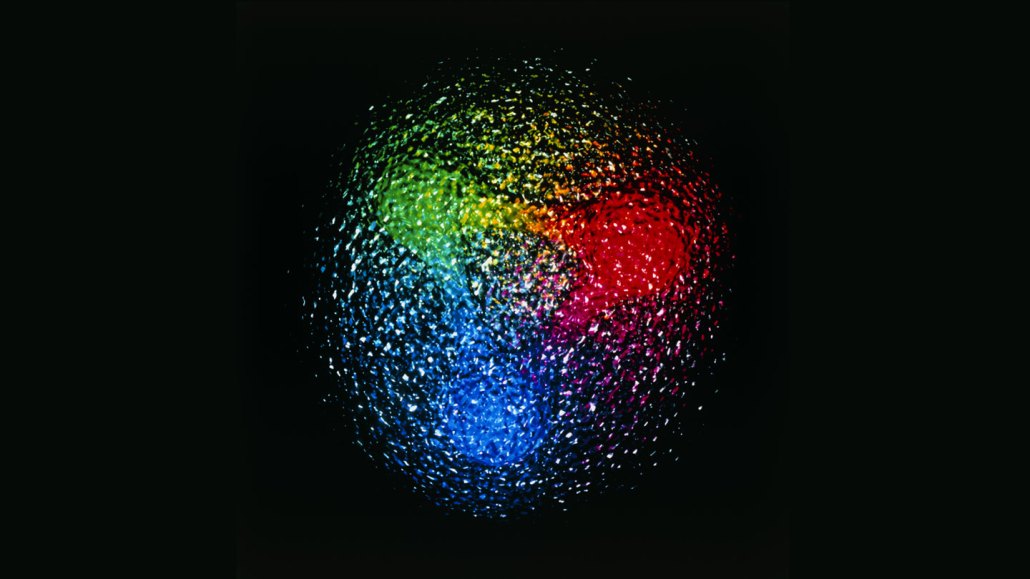accelerator: (in physics) Also known as a particle accelerator, this massive machine revs up the motion of subatomic particles to great speed, and then beams them at targets. Sometimes the beams are used to deliver radiation at a tissue for cancer treatment. Other times, scientists crash the particles into solid targets in hopes of breaking the particles into their building blocks.
electric charge: The physical property responsible for electric force; it can be negative or positive.
electron: A negatively charged particle, usually found orbiting the outer regions of an atom; also, the carrier of electricity within solids.
field: (in physics) A region in space where certain physical effects operate, such as magnetism (created by a magnetic field), gravity (by a gravitational field), mass (by a Higgs field) or electricity (by an electrical field).
force: Some outside influence that can change the motion of a body, hold bodies close to one another, or produce motion or stress in a stationary body.
hydrogen: The lightest element in the universe. As a gas, it is colorless, odorless and highly flammable. It’s an integral part of many fuels, fats and chemicals that make up living tissues. It’s made of a single proton (which serves as its nucleus) orbited by a single electron.
particle: A minute amount of something.
physicist: A scientist who studies the nature and properties of matter and energy.
physics: The scientific study of the nature and properties of matter and energy. Classical physics is an explanation of the nature and properties of matter and energy that relies on descriptions such as Newton’s laws of motion. Quantum physics, a field of study that emerged later, is a more accurate way of explaining the motions and behavior of matter. A scientist who works in such areas is known as a physicist.
positron: A subatomic particle with the mass of an electron, but a positive electrical charge. It is the antimatter counterpart to the electron. So when electrons and positrons collide, they annihilate each other, releasing energy.
proton: A subatomic particle that is one of the basic building blocks of the atoms that make up matter. Protons belong to the family of particles known as hadrons.
quarks: A family of subatomic particles that each carries a fractional electric charge. Quarks are building blocks of particles called hadrons. Quarks come in types, or “flavors,” known as: up, down, strange, charm, top and bottom.
theoretical: An adjective for an analysis or assessment of something that based on pre-existing knowledge of how things behave. It is not based on experimental trials. Theoretical research tends to use math — usually performed by computers — to predict how or what will occur for some specified series of conditions. Experimental testing or observations of natural systems will then be needed to confirm what had been predicted.
theorist: A scientist whose work relies on mathematical analyses and computer models of events and physical objects or phenomena — not on experiments that test situations in the real world or that use testing and observations to collect data.
theory: (in science) A description of some aspect of the natural world based on extensive observations, tests and reason. A theory can also be a way of organizing a broad body of knowledge that applies in a broad range of circumstances to explain what will happen. Unlike the common definition of theory, a theory in science is not just a hunch. Ideas or conclusions that are based on a theory — and not yet on firm data or observations — are referred to as theoretical. Scientists who use mathematics and/or existing data to project what might happen in new situations are known as theorists.
uncertainty: (in statistics) A range of how much measurements of something will vary around an already-measured value.






